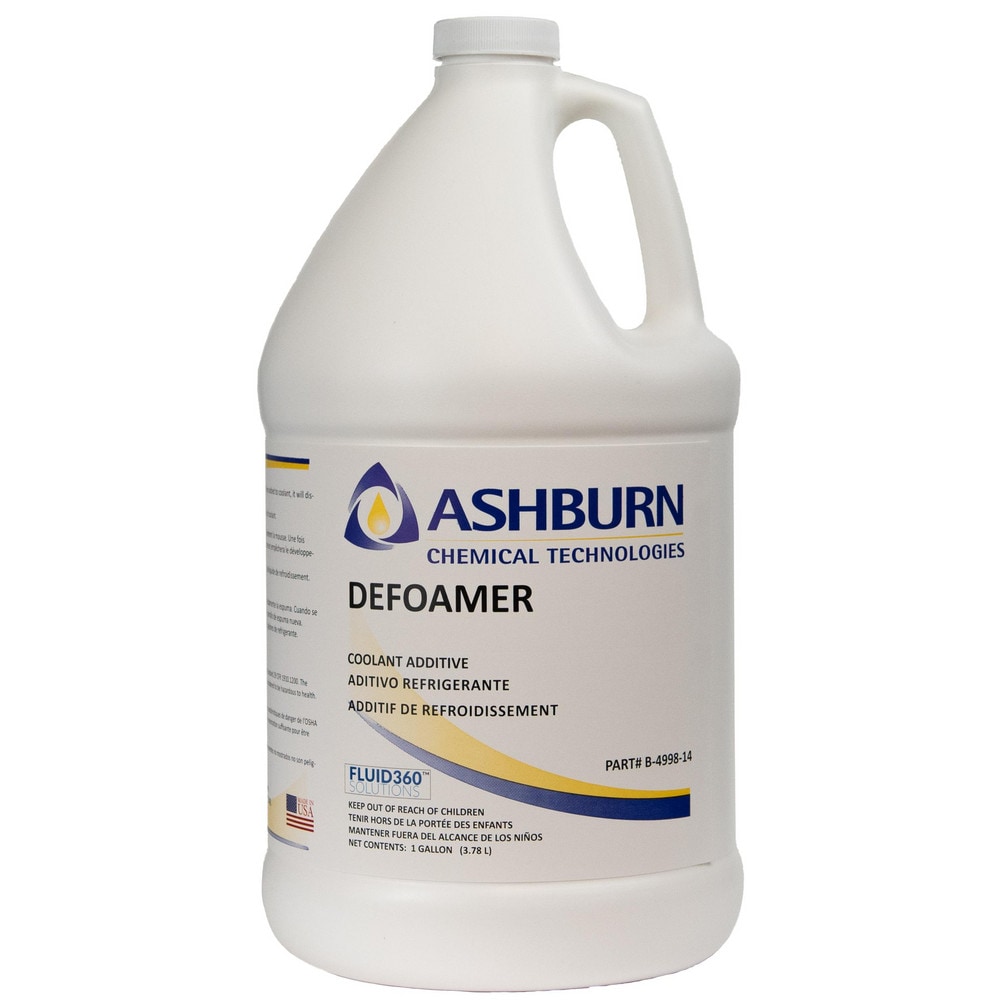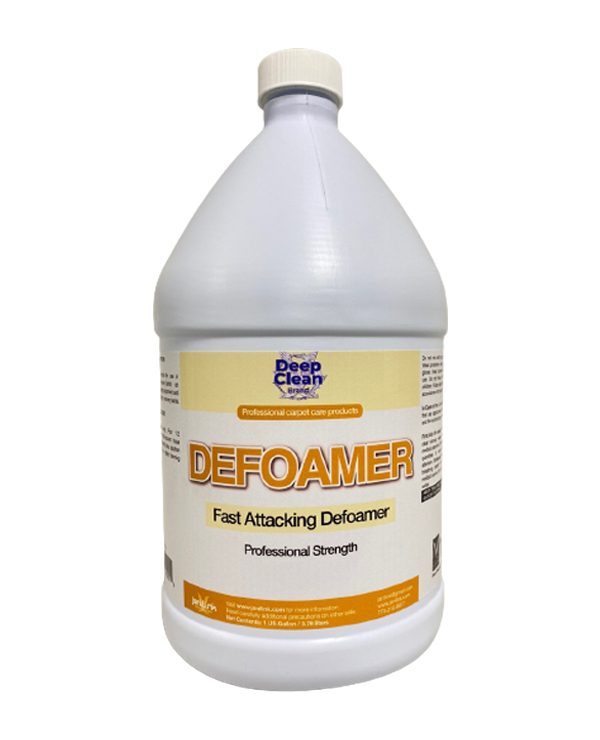How to Store and Handle Chemical Defoamer Safely and Effectively
How to Store and Handle Chemical Defoamer Safely and Effectively
Blog Article
Exploring the Advantages of a Chemical Defoamer in Production and Manufacturing
The integration of chemical defoamers in manufacturing and manufacturing procedures offers a strategic advantage by attending to one of the relentless challenges in industrial operations: foam control. As makers make every effort to maximize procedures and enhance customer complete satisfaction, the function of chemical defoamers ends up being significantly essential.
Significance of Foam Control
While the existence of foam in making procedures can occasionally appear safe, reliable foam control is crucial for maximizing operational efficiency and product quality. Foam can interfere with various stages of production, resulting in inefficiencies that may enhance expenses and prolong handling times. In sectors such as food and drink, pharmaceuticals, and chemicals, uncontrolled foam can block devices, disrupt automated systems, and inevitably cause product inconsistencies.

Implementing efficient foam control approaches not only enhances efficiency however additionally sustains regulatory compliance in markets where foam can cause ecological concerns. By utilizing chemical defoamers, producers can minimize these difficulties, making sure smoother procedures and higher-quality final product. Inevitably, focusing on foam control is an important aspect of manufacturing that can produce substantial advantages in regards to product, security, and efficiency reliability.
Types of Chemical Defoamers
What types of chemical defoamers are readily available for making procedures, and just how do they vary in application? Chemical defoamers can be classified into three main kinds: silicone-based, natural, and not natural defoamers. - Chemical Defoamer

Organic defoamers, generally acquired from natural oils or fatty acids, are efficient in a series of applications, consisting of food and beverage production. They are usually preferred for their lower poisoning and ecological effect, making certain compliance with market laws.

Each sort of defoamer serves unique functions based on the chemical structure and the certain requirements of the production procedure, allowing suppliers to select the most suitable alternative for their specific demands.

Benefits in Production Effectiveness
Chemical defoamers play a crucial duty in improving manufacturing effectiveness by effectively managing foam generation throughout different procedures. Foam can hinder manufacturing rates, interfere with equipment procedure, and lead to expensive downtime. By including chemical defoamers, producers can minimize these issues, making sure smoother workflow and raised overall performance.
The use anonymous of chemical defoamers assists maximize the functional performance of devices such as pumps, mixers, and reactors. With lowered foam, these machines can operate at their meant capacity, reducing the threat of overflow and making it possible for consistent processing. This causes far better resource usage and higher throughput.
Furthermore, chemical defoamers help with faster handling times by decreasing the time required for foam elimination. This velocity can dramatically affect manufacturing schedules, allowing producers to satisfy consumer need better. In addition, using defoamers contributes to lower energy usage, as machinery operates a lot more effectively with lowered foam disturbance.
Impact on Product Quality
Foam control is not only important for preserving effectiveness in producing processes however additionally plays a substantial duty in making certain item top quality. Extreme foam can present air into solutions, resulting in variances in the end product. This can manifest as defects such as voids, uneven appearances, or below average coatings, which threaten the intended top quality and performance of the item.
Additionally, foam can hinder the homogeneity of blends, causing uneven distribution of active components. In sectors such as coatings, cosmetics, and food manufacturing, this can bring about variants in color, preference, and total performance. By utilizing a chemical defoamer, producers can reduce these dangers, making certain that items satisfy rigid high quality requirements.
In addition, managing foam can enhance the stability of emulsions and suspensions, which is critical for making certain shelf-life and consumer complete satisfaction. With improved item consistency and reduced issues, makers can achieve greater criteria of high quality assurance, inevitably resulting in raised client trust and brand name loyalty.
Cost-Effectiveness and ROI
Reliable foam control not only boosts product check over here top quality but additionally contributes substantially to the overall cost-effectiveness of manufacturing procedures. Making use of chemical defoamers lessens foam-related concerns, which can otherwise bring about production hold-ups, tools breakdowns, and enhanced power consumption. By minimizing foam, manufacturers can enhance their procedures, resulting in greater throughput and efficiency.
Purchasing chemical defoamers can produce a considerable return on financial investment (ROI) The initial expenses related to these ingredients are typically countered by the savings recognized from lowered downtime and improved material yield. Improved item top quality can reduce waste and rework costs, further boosting economic performance.
Additionally, check these guys out effective foam control can lead to decreased water and power usage, adding to reduced operational costs. This is specifically essential in industries where resource effectiveness is vital. By incorporating chemical defoamers into their procedures, suppliers can achieve long-term cost savings while maintaining competitive rates in the industry.
Verdict
In verdict, the combination of chemical defoamers in manufacturing and production processes is essential for maximizing operational efficiency and boosting item quality. The benefits used by chemical defoamers not just support regulatory conformity but additionally supply a competitive side in the manufacturing landscape.
The integration of chemical defoamers in production and production procedures provides a strategic benefit by dealing with one of the persistent difficulties in industrial operations: foam control.While the presence of foam in making processes can occasionally seem safe, efficient foam control is crucial for optimizing functional efficiency and item high quality.Chemical defoamers play an important function in enhancing making efficiency by successfully controlling foam generation throughout numerous processes.In addition, chemical defoamers help with faster handling times by decreasing the time required for foam elimination. Additionally, the usage of defoamers adds to lower power intake, as machinery runs more effectively with lowered foam interference.
Report this page